10 Minutes
Introduction: A Century of the Rolls‑Royce Phantom
Few nameplates in automotive history carry the cultural weight of the Rolls‑Royce Phantom. Launched officially in 1925, Phantom has become the epitome of ultra‑luxury motoring, a model line that spans almost a century and represents the pinnacle of coachbuilt craftsmanship, bespoke engineering and silent refinement. Celebrating 100 years of Phantom is not just a milestone for one car, it is a celebration of enduring design values, technical evolution and the very idea of what a flagship luxury car can be.
Why Phantom Endures: Mission and Market Positioning
Rolls‑Royce has long positioned Phantom as its most magnificent offering, aimed at clients who demand the absolute best in comfort, presence and personalization. The marque describes its ambition as building the most magnificent, desirable and effortless motor car in the world. That mission explains why the Phantom name has survived economic cycles, changing tastes and dramatic technical shifts. Rather than chasing transient trends, Phantom has consistently focused on three pillars: supreme ride quality, handcrafted detail and a coachbuilt or bespoke ownership experience.
Centenary Celebration and Pebble Beach Showcase
To mark the centenary, Rolls‑Royce assembled standout examples from each generation during Monterey Car Week and entered eligible vintage Phantoms in a dedicated 100 Years of Phantom concours class at Pebble Beach. That gathering highlighted how each generation reflects its era while maintaining a throughline of presence, luxury materials and meticulous attention to detail.
Generations at a Glance: What Defines Each Phantom
Phantom I (1925–1931): The New Phantom and Coachbuilt Luxury
The first production Phantom, originally called the New Phantom, established the formula: a rolling chassis sold to clients, who commissioned bespoke bodies from specialist coachbuilders. Mechanically it used a 7.7‑liter inline six with overhead valves, paired to a four‑speed non‑synchromesh gearbox. Suspension used semi‑elliptic springs up front and cantilever springs at the rear. A significant portion of production moved to Springfield, Massachusetts, to serve the American market. Notable surviving examples include rare Ascot Phaetons bodied by Murphy Coachworks, which show how bespoke aluminum and luxurious trim set Rolls apart from factory‑built luxury sedans of the day.
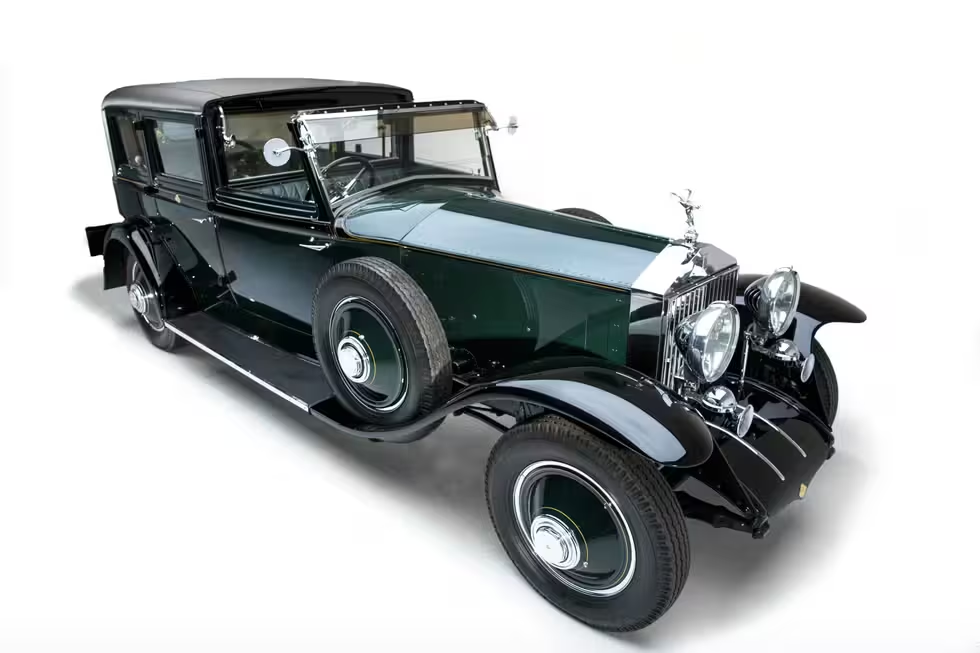
Phantom II (1929–1935): Chassis Refinement and the Continental
Introduced as competitors in the United States raised the bar for performance and style during the Depression, Phantom II refined handling with an upgraded chassis, improved brakes and a crossflow head on its 7.7‑liter six, which produced roughly 120 hp. The Phantom Continental variant, with a shortened wheelbase and lighter coachwork, was a conscious pivot toward owner‑drivers who wanted sportier manners without sacrificing Rolls‑Royce luxury. The Continental introduced a performance‑first philosophy that would reappear in later eras as Rolls emphasized dynamic competence alongside comfort.
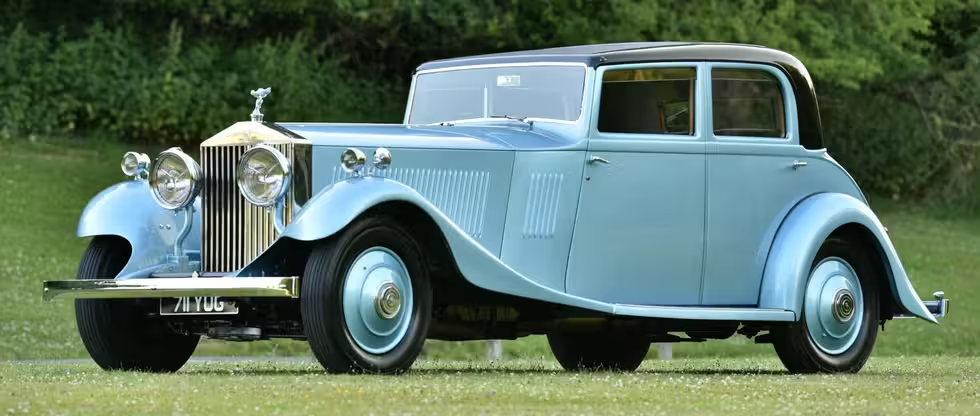
Phantom III (1936–1939): V‑12 Power and Advanced Chassis Engineering
Facing rivals with multi‑cylinder powerplants, Rolls‑Royce drew on aero engine experience to produce a 7.3‑liter V‑12 for Phantom III. Output approached 180 hp and the car featured fully independent front suspension and revised steering geometry, enabling cruising at triple‑digit speeds for the era. Phantom III demonstrated that Rolls could combine refinement with genuine high‑speed composure, a necessary capability as roads and expectations evolved in the late 1930s.
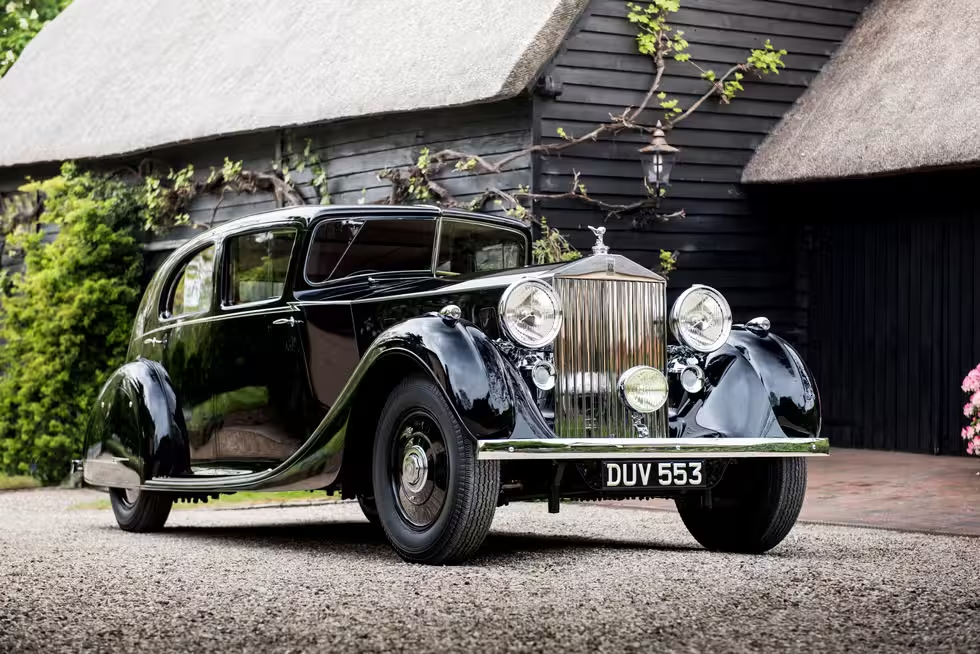
Phantom IV (1950–1956): Exclusivity for Heads of State
Postwar realities and austerity shaped Phantom IV into an exclusive, low‑volume model reserved largely for royalty and state leaders. Only 18 were produced, powered by 5.7‑ and 6.5‑liter straight‑eight engines optimized for smooth low‑speed operation and ceremonial duties. Coachbuilt examples by Hooper and others were used in royal fleets, including a two‑tone claret and black limo commissioned for Queen Elizabeth II and Prince Philip that served for decades. The Phantom IV represents Rolls‑Royce's role as a supplier of ceremonial transport and a symbol of sovereignty.
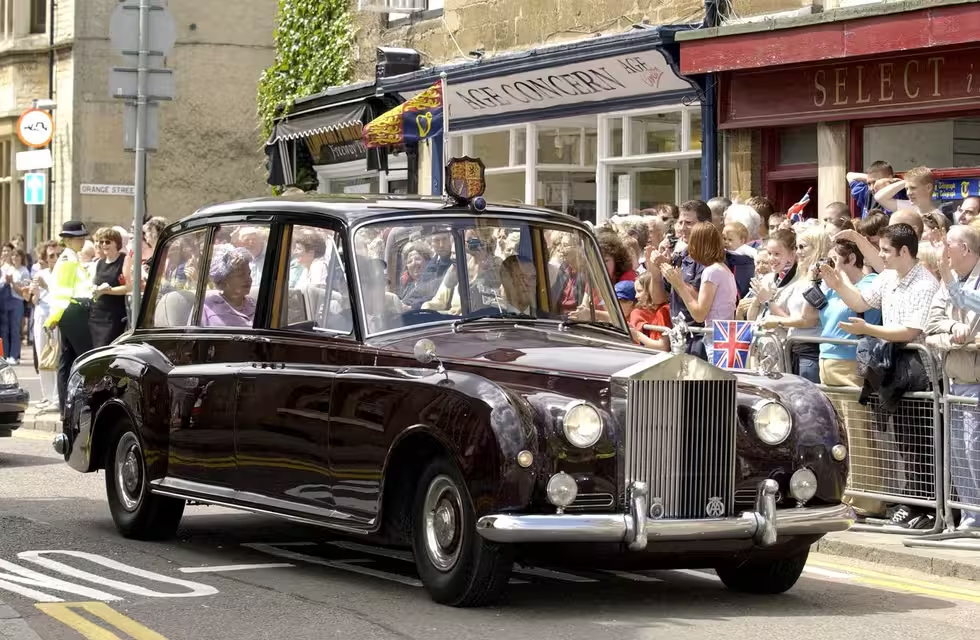
Phantom V (1959–1968): Celebrity Commissions and V‑8 Motive Power
The Phantom V extended Rolls‑Royce's association with official and celebrity clients. A 6.3‑liter V‑8 and GM‑sourced automatic transmission provided a smooth, torquey driving experience suitable for limousines. High‑profile owners such as John Lennon, Elvis Presley and Liberace commissioned highly personal liveries and interior fit‑outs, showing how Phantom functioned as a stage for self‑expression as well as a diplomatic vehicle.
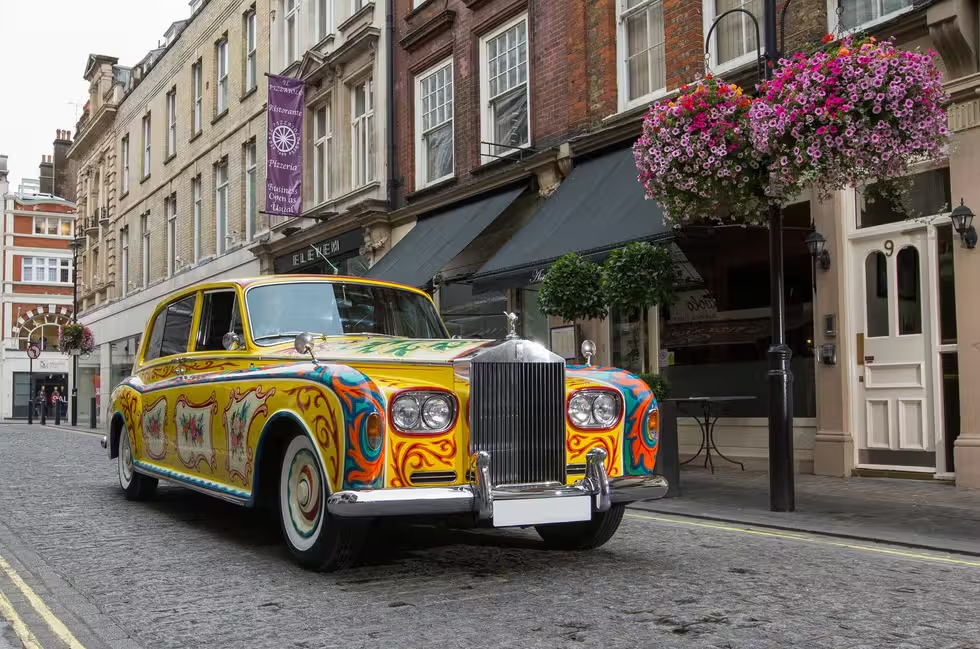
Phantom VI (1968–1990): Last of the Rolling Chassis Era
Phantom VI was the final generation sold predominantly as a rolling chassis for independent coachbuilders. Over 22 years, only 374 examples were built, emphasizing bespoke craftsmanship, long‑wheelbase limousines and landaulets. It was also the first Phantom to employ the trademark 6.75‑liter V‑8 that would power Rolls and occasional Bentley models for decades. Improvements included air‑spring suspension, enhanced HVAC and high‑pressure drum brakes, blending old‑world craftsmanship with modern comfort systems.

Phantom VII (2003–2017): The Modern Rebirth from Goodwood
After a production hiatus, Rolls‑Royce re‑entered the flagship market with the Phantom VII, developed under BMW ownership and built at Goodwood. This clean‑sheet design reinterpreted Phantom proportions for the 21st century: an enormous upright grille, oversized wheels and the iconic Spirit of Ecstasy hood emblem. Under the bonnet, a modern twin‑turbo V‑12 and adaptive self‑levelling air suspension delivered hushed acceleration and a floating ride quality often compared to a luxury saloon riding on a cloud. The Phantom VII also introduced the Starlight Headliner in coupe form, a unique interior mood and a signifier of starry bespoke ambience.

Phantom VIII (2017–present): Evolutionary Luxury and Bespoke Commissions
The current Phantom VIII is evolutionary rather than revolutionary. It preserves the commanding exterior cues of its predecessor while offering a radically upgraded interior experience driven by modern electronics, materials and personalization. Highlights include integrated passenger‑side Galleries for commissioned artworks, heated C‑pillars, power foot massage functions and state‑of‑the‑art infotainment and sound insulation systems. Phantom VIII is the foundation for Rolls‑Royce's return to full bespoke coachbuilding projects, many commissioned through the marque's in‑house bespoke unit and commanding seven‑ to eight‑figure prices.
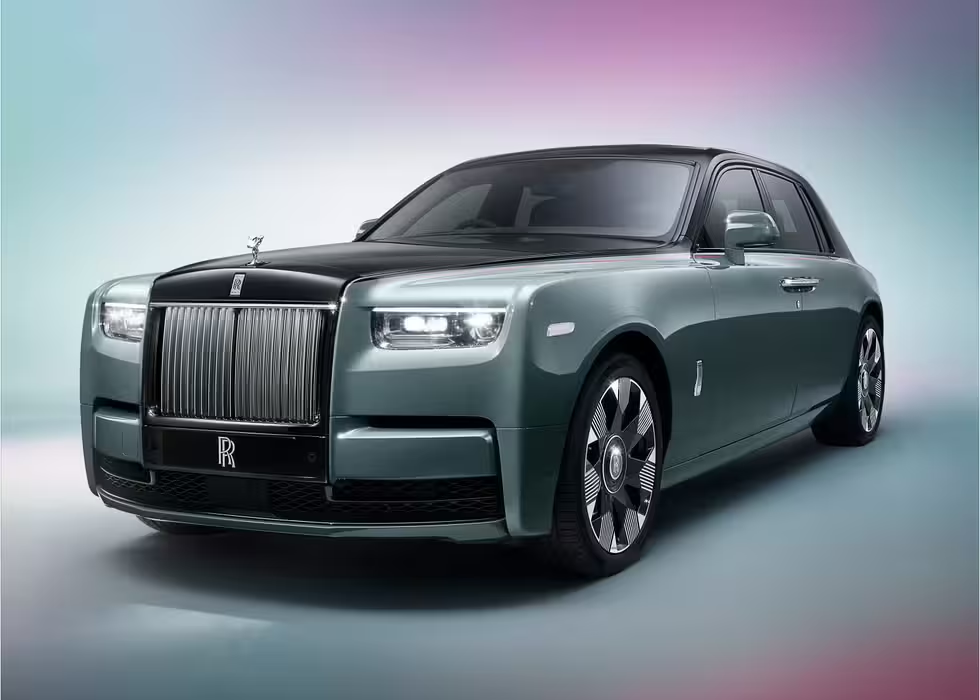
Technical Specifications and Performance Highlights
Across its generations, Phantom has evolved from large in‑line sixes to V‑12s and long‑running V‑8s. Key technical themes include:
- Engines: 7.7L straight‑six (Phantom I/II), 7.3L V‑12 (Phantom III), straight‑eight variants (Phantom IV), 6.3L V‑8 (Phantom V), 6.75L V‑8 (Phantom VI+), modern twin‑turbo V‑12 and V‑12 derivatives in recent models.
- Transmission evolution: Four‑speed manuals to automatic gearboxes integrated for smooth torque delivery; modern Phantoms use refined automatic transmissions with adaptive shift logic.
- Chassis and suspension: From leaf and cantilever springs to independent suspension and air springs that provide self‑leveling, adaptive damping and superior NVH isolation.
- Performance: Early Phantoms prioritized torque and smoothness over outright speed. By Phantom III and later Phantom VII, top‑end cruising capability and composed high‑speed behavior became measurable assets—modern Phantoms accelerate briskly for their weight class while maintaining whisper‑quiet cabin environments.
Design Language and Coachbuilding
Phantom has always been about silhouette and presence. Common design signatures include a towering radiator grille with vertical slats, long sculpted coachlines, rear‑ward passenger compartments and the Spirit of Ecstasy bonnet ornament. In the classic era, coachbuilders such as Hooper, Mulliner and Murphy created bespoke bodies that defined a client's taste. Today, Rolls‑Royce's bespoke program resurrects that tradition through factory‑led coachbuilding and individualized Galleries, enabling one‑off artistic commissions integrated into the dashboard and interior surrounds.
Comparisons: Phantom vs Competitors
Within the ultra‑luxury segment, Phantom competes with elite rivals including Bentley Mulsanne (historically), bespoke coachbuilt cars, and modern ultra‑luxury SUVs and saloons from high‑end brands. Compared with Bentley, Rolls‑Royce traditionally favors ultimate isolation and ceremonial presence over sporty dynamics; Bentley tends to position itself closer to fast, driver‑engaging luxury. Against historic competitors such as Duesenberg, Packard and Cadillac, the Phantom lineage emphasized individualized coachwork and imperial poise rather than mass production. In the modern era, Phantom is less about weight‑to‑power ratios and more about the experiential package—materials, craftsmanship, technology and a bespoke ownership journey.
Ownership Experience, Resale and Longevity
One remarkable fact about Phantom is retention and longevity. Many early Phantoms remain roadworthy today, thanks to conservative engineering, abundant torque, overbuilt components and the tradition of restoration within the collector community. A Phantom owner's experience focuses heavily on personalization: factory bespoke options, handmade veneers, unique paint treatments and coachbuilt bodywork. While purchase prices and bespoke commissions can run into the millions, buyers are acquiring historical continuity, social capital and a car that resists planned obsolescence.
Why the Phantom Legacy Matters for Enthusiasts
For automotive enthusiasts, Phantom represents a living museum of 20th and 21st century luxury car engineering. It chronicles the transition from coachbuilt one‑offs to factory bespoke, from heavy mechanical simplicity to refined electronics, and from ceremonial conveyance to highly individualized rolling art. Whether judged by engineering innovations like the Phantom III V‑12 or the modern Phantom VIII's integrated Gallery, each generation contributes to a continuous narrative about what luxury mobility can be when budget is secondary to perfection.
Conclusion: The Next Century of Rolls‑Royce Phantom
As Phantom enters its second century, the nameplate faces new opportunities and challenges: electrification, sustainability, modern coachbuilding technologies and evolving client expectations. If history is any guide, Rolls‑Royce will combine timeless proportions with forward‑looking engineering to keep Phantom not just relevant but aspirational. For collectors, chauffeurs and lovers of automotive art, Phantom will remain a benchmark against which every other ultra‑luxury car is measured.
Further Reading and Resources
Attend classic events such as Pebble Beach Concours d'Elegance to see historic Phantoms in person, consult marque archives for production details, and follow Rolls‑Royce's bespoke workshop releases for the latest coachbuilt commissions. For buyers, compare long‑term service plans, bespoke program options, and residual values when evaluating Phantom ownership.
Source: caranddriver

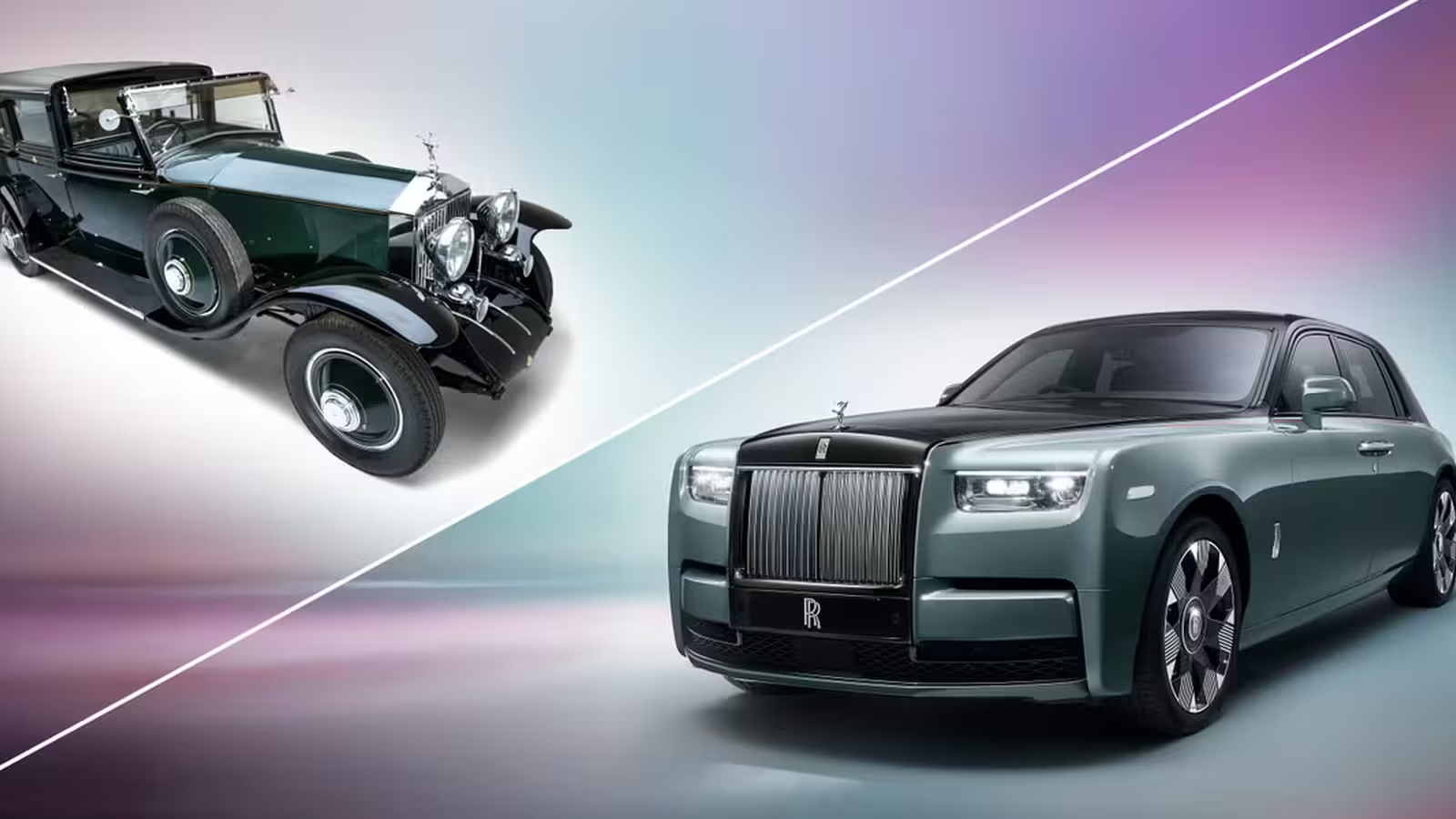
Leave a Comment